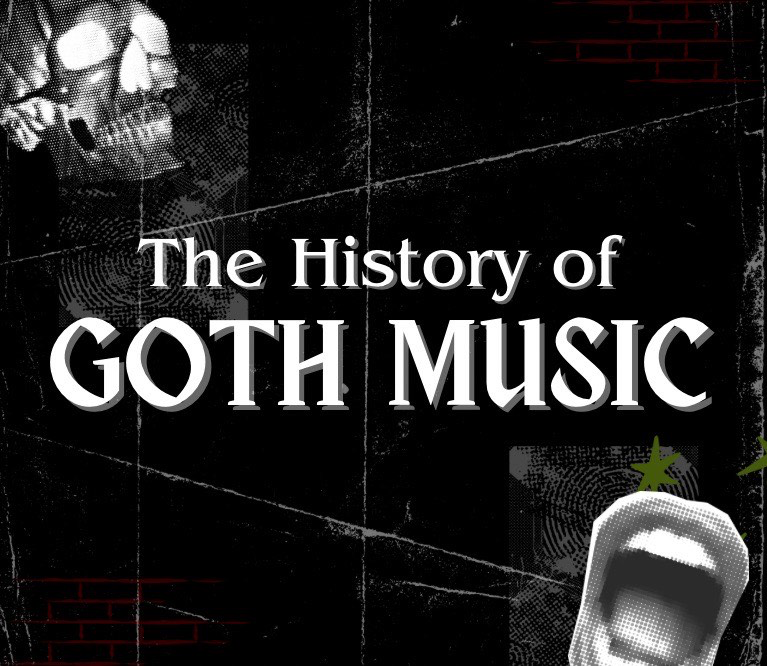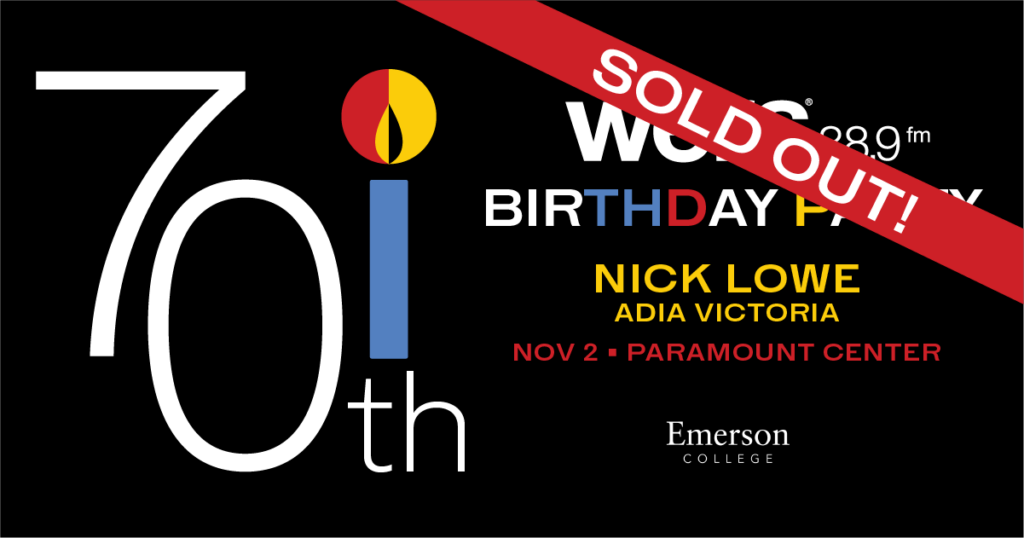
By Ana Achata and Rebecca Kasuba
How It Started
Out of the late 70s emerged a throng of people wearing black clothes and heavy makeup– UK music critics watched, baffled, as people like Siouxsie Sioux crawl on stage in chunky boots and hair worn in spikes to howl into the microphone about love and death. What were they supposed to call these people? It wasn’t quite punk, like The Sex Pistols, and it wasn’t quite rock or metal, like Black Sabbath, but instead it was its own genre–dark, broody, and poetic. The era of punk was over and this new genre was emerging with supernatural feels. People were calling these darker sounds goth music. Enter bands like The Cure, Joy Division, The Cramps, Sisters of Mercy and so much more. Punk rock was over and the new dark wave was taking over.
The Dark Wave
The goth genre of music developed a multitude of subcultures, with some bands falling under several. One being dark wave. This subculture was a crucial part of the development of goth music and tends to be what people think of first when they hear the words “goth music.” The Cure is one of the most widely known goth bands, with their synthesizer choruses and Robert Smith’s unique voice– other bands that fall under this category could be Joy Division, Cocteau Twins, and New Order– dark wave evolved from the new wave genre, and stays true to minor keys, and dark, romantic lyrics. The goth rock subculture grew exponentially in the 1980’s (and started to catch people's attention) with Siouxsie and the Banshees, Bauhaus, and Sisters of Mercy at the forefront. The first goth club opened in London, 1982, due to the growing fascination with this eccentric group of people.
Modern Goth
Dark wave and goth music lives on to this day, sometimes referred to as nu-goth. Some of our classic bands are still making music (The Cure’s “Songs Of A Lost World” comes out November first!), along with new bands who strive to carry on the legacy left by those who came before. Bands like Gene Loves Jezebel, Twin Tribes, and Panic Priest tap into the sounds that so many know and love. With the goth culture gaining popularity in modern times, it’s important to note that the goth subculture has always been largely music based– a lack of black clothes and winged eyeliner isn’t as important as appreciating the unique artistry that musicians have been bringing to the stage for decades.
Goth In Boston
House of Harm is a Boston based band that breaks barriers through their expansion of goth music as a genre. They redefine the category of shadow-pop as they continue on with their post-punk scene. In doing so they have shared the stage with many iconic acts like Lust For Youth, Soft Kill, the legendary Reeves Gabrels of The Cure and so much more. With their debut LP in 2020, Vicious Pastimes, they have cultivated a niche following in the indie music scene across the US and more.
House of Harm continues to push boundaries with their sophomore album Playground, which was released on December 1, 2024. As critics and fans continue to have positive acclaim for House of Harm, establishing the band’s reputation as revolutionaries in their genre across the music industry. Brace yourselves for the experience of House of Harm as they embark on a two-week tour across the UK and Europe beginning in November 2024. I’m sure it will be an unforgettable performance. If you don’t feel like traveling to Europe, you can also listen to House of Harm’s music on any streaming platform, happy listening!


